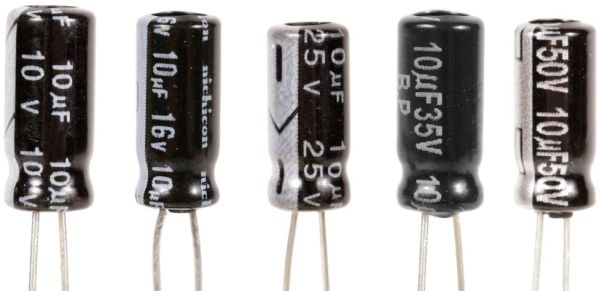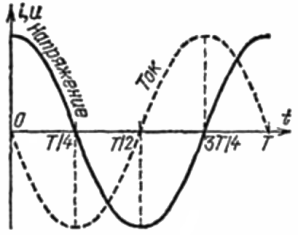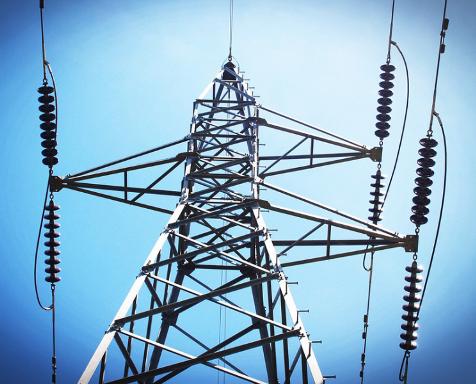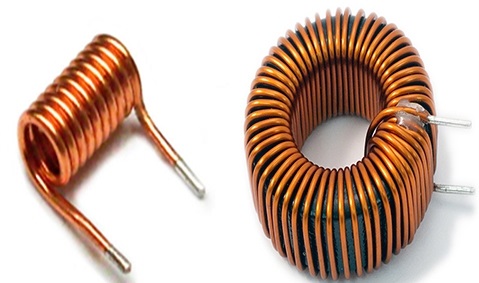Categories: Featured Articles » Novice electricians
Number of views: 6261
Comments on the article: 0
What is inductive and capacitive load?
The terms "capacitive load" and "inductive load", as applied to alternating current circuits, imply a certain nature of the interaction of the consumer with an alternating voltage source.
Roughly this can be illustrated by the following example: connecting a fully discharged capacitor to the outlet, at the first moment of time we will observe practically short circuit, whereas by connecting an inductor to the same outlet, at the first moment of time the current through such a load will be almost zero.
This is because the coil and capacitor interact with alternating current fundamentally differentlywhat is The key difference between inductive and capacitive loads.
Capacitive load
Speaking of capacitive load, they mean that it behaves in an AC circuit like a capacitor.

It means that sinusoidal alternating current will periodically (with a double frequency of the source) recharge the load capacitanceIn this case, in the first quarter of the period, the source energy will be spent on creating an electric field between the capacitor plates. In the second quarter of the period, the energy of the electric field between the plates of the capacitor will return to the source.
In the third quarter of the period, the capacitance will be charged from the source with the opposite polarity (compared to what was in the first quarter of the period). In the fourth quarter of the period, the capacitance will again return the energy of the electric field back to the network. Over the next period, this cycle will be repeated. This is how a pure capacitive load behaves in a sinusoidal alternating current circuit.

It practically turns out that at a capacitive load, the current is outpaced by a quarter of a phase the alternating voltage applied to a given load, because when the capacitance is charging, the current is maximum already at the first moment, when the applied voltage of the source is just starting to increase, the current energy is converted into the energy of the increasing electric field of the charge accumulated in the load, as in a capacitor.
But with an increase in the applied voltage, the capacitance already has a lot of accumulated charge, therefore, as the source voltage approaches its maximum, the rate of charge accumulation in the capacitive load becomes lower, and the current consumption decreases to zero.
Examples of capacitive loads: capacitor banks, power factor correctors, synchronous motors, power lines of extra-high voltage.

Inductive load
If we now pay attention to the inductive load, then it behaves in an AC circuit like an inductor.

It means that sinusoidal alternating voltage will periodically (with a double frequency of the source) generate a current through the load inductanceIn this case, in the first quarter of the period, the source energy will be spent on creating a magnetic field of the current through the coil.
In the second quarter of the period, the magnetic field energy of the coil will return to the source. In the third quarter of the period, the coil will be magnetized with the opposite polarity (compared to what it was in the first quarter of the period), and in the fourth quarter of the period the inductance will again return the magnetic field energy back to the network.
Over the next period, this cycle will be repeated. This is how a purely inductive load behaves in a sinusoidal alternating current circuit.

In fact, it turns out that at an inductive load, the current lags in phase by a quarter of the period from the alternating voltage applied to this load, because when the inductance begins to be magnetized, at the first moment of time, the current through it is minimal, although the applied voltage of the source is already at the maximum point.
The energy of the source is converted here into the energy of an increasing magnetic field of the current flowing through the load inductance. With a decrease in voltage, the current through the inductance already has a sufficiently large value, therefore, as the source voltage approaches its minimum, the current growth rate in the inductive load slows down, but the current itself in the inductance is maximum.

Examples of inductive loads: asynchronous motors, electromagnets, chokes, reactors, transformers, rectifiers, thyristor converters.
See also:
See also at bgv.electricianexp.com
:
